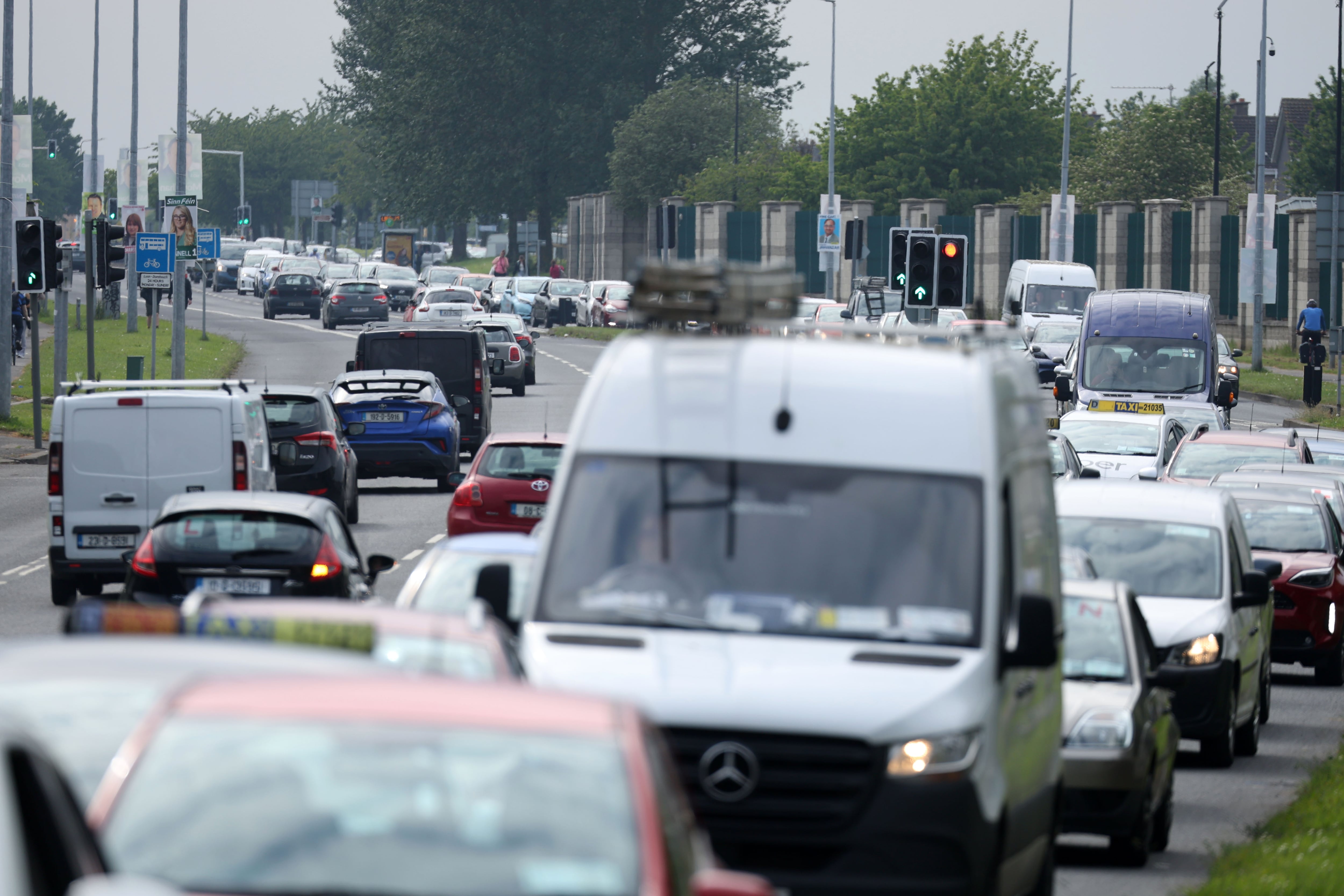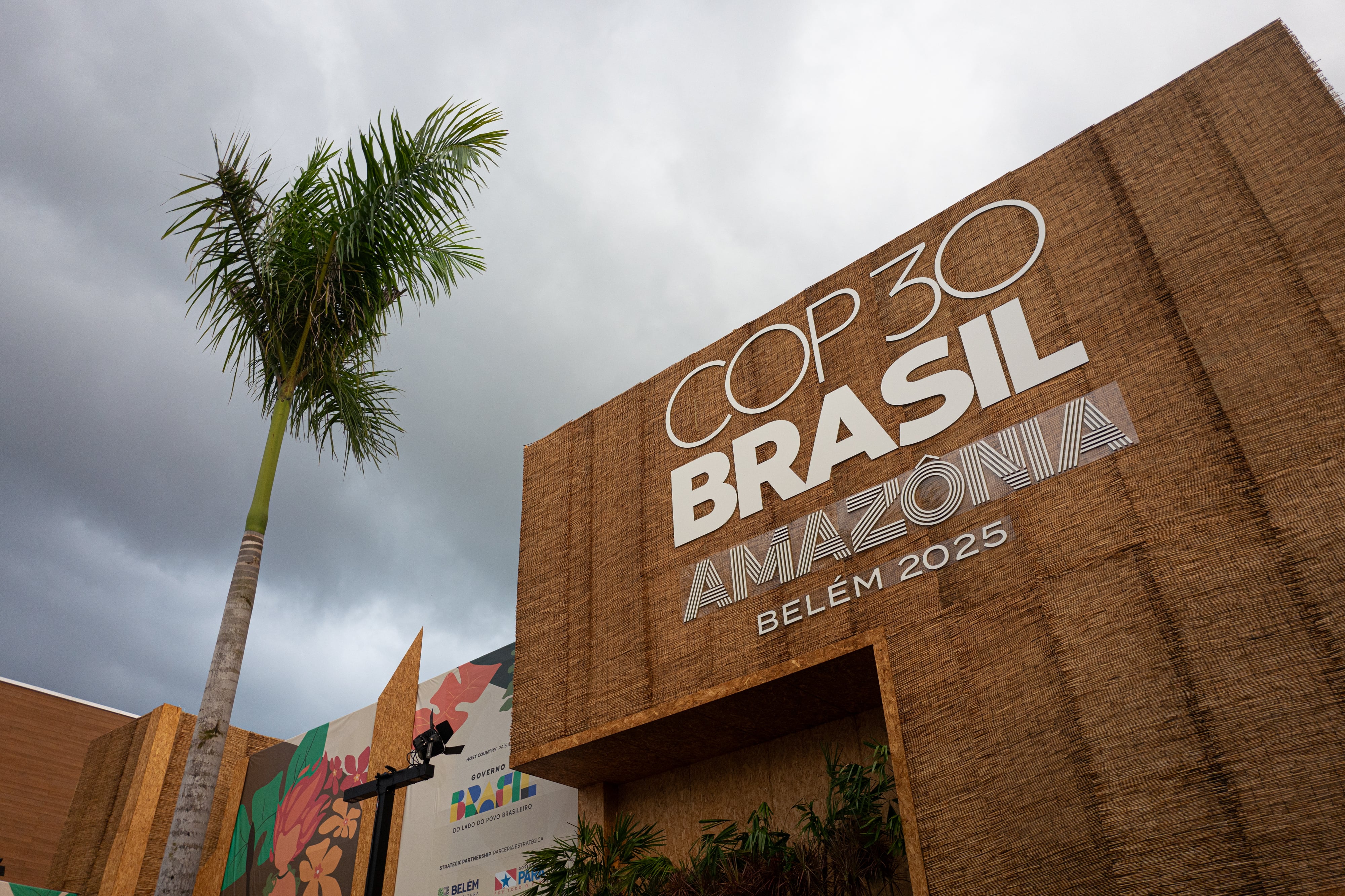The global stocktake is shaping up to be the make-or-break mechanism on delivering a deal of substance at Cop28. If it doesn’t deliver, there is a risk the whole process could be dragged down, ultimately ending in failure of the climate talks in Dubai.
In some ways it’s like the annual stocktake in your local pub but a little more precise than guesstimating how much whiskey is the bottle. It’s one of the better outcomes of the 2015 Paris Agreement as it is an obligatory report card of global climate action since then – right down to country level. This is the first time it has been conducted.
In a sense too it’s a climate soul-searching exercise, forcing the question “how have we done?”, then recognising failures, the “gaps”. This applies especially to emissions reduction – and then following with “what exactly are we going to do about that?”
It is shining the light on Ireland (an unflattering one), while at the same time focusing on Paris Agreement signatories collectively, in terms of performance on a global basis.
READ MORE
Is this just another Cop talking shop?
Arguably, it is one of the most robust aspects of the Paris pact, which is broadly a voluntary agreement (its chief weakness) between almost 200 countries. The biggest problem is the agreement operates by consensus and comes with too many get-out-of-jail cards given the world is racing towards climate breakdown.
Yet the GST, as it’s known around the negotiating tables, brings a lot more focus on decarbonising the world, driven by science and mountains of data, notably state inventories – lists of their emission sources and quantified associated emissions.
These feed into “carbon budgets” – essentially how much greenhouse gases can be safely generated while minimising inevitable impacts for the planet before we smash through the 1.5-degree limit of global warming (the critical Paris target).
“The stocktake will make or break 1.5 degrees,” is the key line being pushed by those seeking a strong Cop28 outcome, because adding up all that data generated by the process, they contend you can only come to one conclusion: to stay within that temperature boundary, you have to phase out fossil fuels.
What is the stocktake’s remit?
It is so broad that some progressive states contend there are hiding places for the laggards. But it evaluates the world’s progress on slashing greenhouse gas emissions; building resilience to climate impacts (adaptation); and securing finance and support to address the climate crisis. It also covers nations’ sharing of low-carbon technologies, particularly their channelling from developed to developing countries.
[ Fossil fuel lobbyists attending Cop28 in record numbers, analysis showsOpens in new window ]
Environmental and climate groups contend it also requires parties to respect, promote and consider their respective obligations on human rights when it comes to climate action. That includes indigenous peoples, gender equality and intergenerational equity. Moreover, they contend it means endorsing a right to a clean, healthy and sustainable environment. Given that context, it easy to see why the GST could be the vehicle for a transformational outcome to Cop28 next week.
Those seeking this route as a way forward insist it should not be an end point, but enshrine a “ratchet” mechanism – classic Cop-speak – in scaling up ambition and supports while strengthening equity. Critically, all countries would have to consider and act on the GST outcome taking in all these headings.
In most instances, countries will have to revise their commitments as a result of an agreed GST, and scale up their “nationally determined contributions”, especially because global temperatures are at record levels and likely to rise further – emissions likewise.
What stage is the process at?
It started two years ago in Glasgow, at Cop26. With the myriad of reports on negotiators’ laps at Cop28, countries must now discuss their findings and their implications at a political level, highlighting key opportunities.
So when global leaders landed in Dubai last week, they participated in GST meetings. Taoiseach Leo Varadkar was in one with the German chancellor Olaf Scholz and South African president Cyril Ramaphosa. He gave the following sobering verdict: “We’re way off target, quite frankly, as a world in terms of avoiding a level of climate change that we need to avoid [and] trying to achieve that 1.5-degree maximum in temperature rise.” That included the world and Ireland.
What Varadkar found encouraging was real focus on implementation. “It’s important that we set ambitious targets. It’s important that we have meaningful climate laws, that we have carbon budgets. But really it’s the implementation that the world, including Ireland, has to focus on for the next couple of years.”
Minister for Climate Eamon Ryan has spent much of his time endorsing the GST way of nailing down 1.5 degrees, but backed up with detail on how it will be done: the political decisions reinforcing it and cost implications in transitioning to renewables including frank assessment of the role of carbon-capture technologies.
There is growing acceptance the stocktake must create conditions for a surge of global climate ambition in this decade and beyond. The money is on a positive outcome, largely due to belief that the GST exercise is too big to be allowed to fail.
- Sign up for push alerts and have the best news, analysis and comment delivered directly to your phone
- Find The Irish Times on WhatsApp and stay up to date
- Our In The News podcast is now published daily – Find the latest episode here













